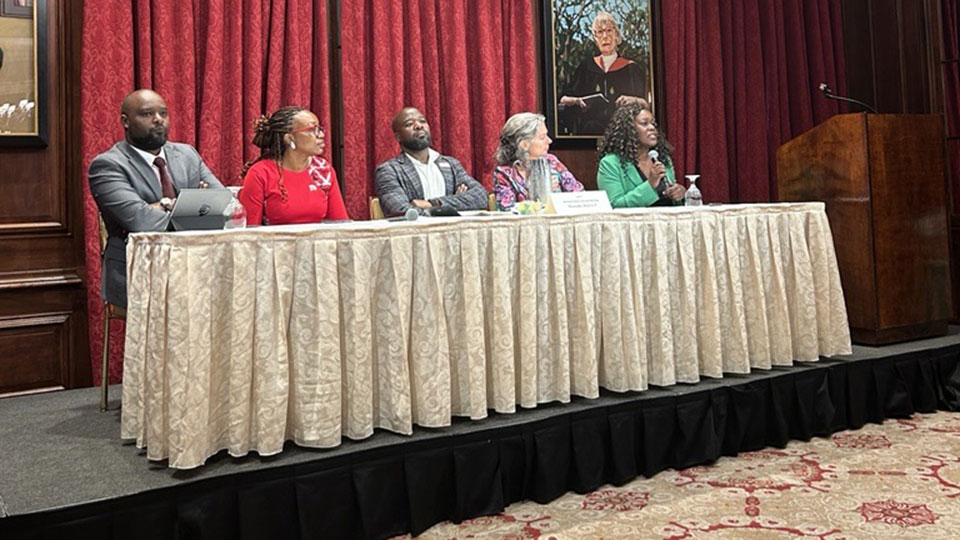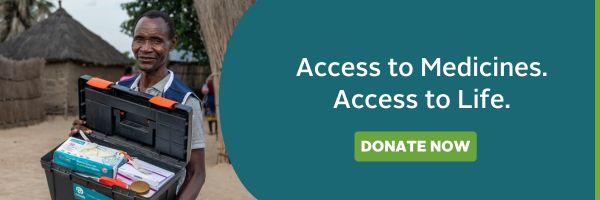CMMB at UNGA80: Shaping the Future of Global Health

Photo: Jesse Kihuha, CMMB’s Noncommunicable Disease Initiative Program Manager, joins a panel discussion hosted by the Frontline Health Workers Coalition during UNGA80.
The last week of September was notable for the global health community. World leaders gathered at the United Nations General Assembly (UNGA), where noncommunicable diseases (NCDs) and mental health stood out as priorities.
Beyond the UN floor, organizations with health missions convened across New York City—sharing successes, surfacing shortcomings, and imagining the future of aid. CMMB’s team engaged as event speakers, moderators, and participants. Below, find just a few of our team’s takeaways from UNGA80.
1) Access to medicines is a human right
The gap in drug availability between the global north and south is shrinking, but inequities remain stark. Faith-based organizations like CMMB, guided by Catholic Social Teaching, have an opportunity to lead in this advocacy.
2) Resources, not needs, are driving care.
Mean stockout rates for first-line oral medicines to treat common NCDs reach 57%, and nearly half of all orders made by health facilities to restock these medicines depend on available funds rather than patient demand. Meaning, patients can’t always get the medicines they need. This highlights the complex challenges health systems face in managing chronic diseases.
3) Collaboration is more critical than ever.
In today’s evolving funding landscape, organizations must work together toward shared goals to sustain progress. At UNGA, discussions on HIV/AIDS advocacy and the Frontline Health Workers Coalition panel highlighted the power of public–nonprofit partnerships to avoid parallel systems and ensure government accountability.
4) Innovative models can and should be scaled.
A new public–private partnership to end AIDS transmission in women demonstrates a path to scaling similar approaches to deliver high-quality, affordable cancer care across Africa.
5) Health workers are at the center of it all.
Sub-Saharan Africa faces 24% of the global disease burden but has only 3% of the global health workforce. CMMB’s study across 50 health facilities in Kenya found that the capacity to diagnose and treat NCDs at the primary care level falls below 30% among health workers, highlighting the urgent need for training, support, and resources for health workers.
6) High-level commitments need to become real-world impact.
After global meetings, momentum depends on strong collaboration: civil society and communities are critical for implementation and accountability and governments must drive policy adoption.
